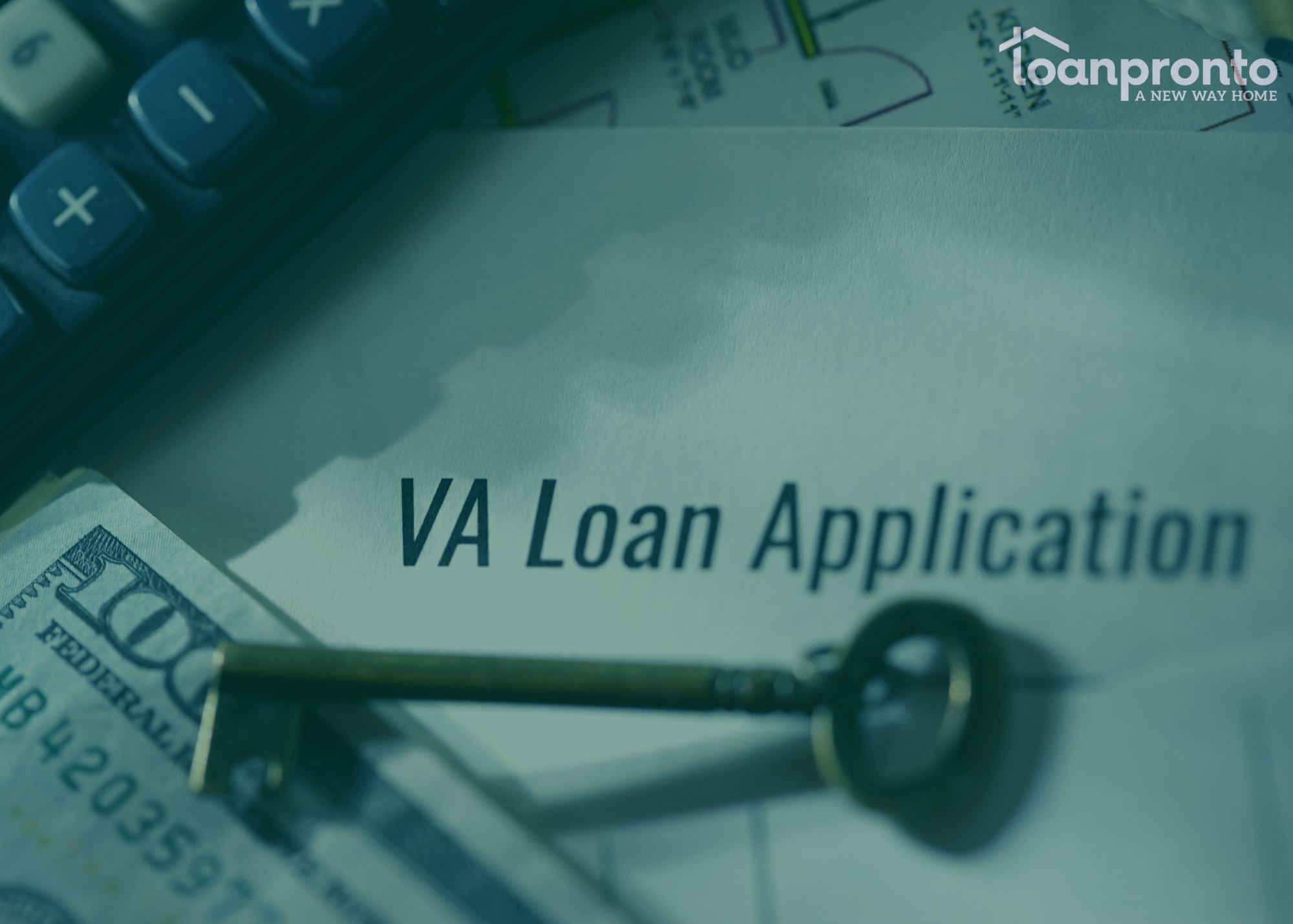Key Takeaways
-
Refinancing into a VA loan can eliminate PMI and lower your monthly payments.
-
VA Cash-Out Refinance allows qualified Veterans to borrow up to 100% of their home’s value.
-
Lower VA loan rates can lead to major savings over time.
-
Understanding eligibility and costs helps ensure refinancing aligns with your financial goals.
Refinancing a conventional loan into a VA loan can provide significant benefits for Veterans and active-duty service members. Even if your current mortgage isn’t VA-backed, switching to a VA loan refinance can eliminate private mortgage insurance (PMI), reduce your interest rate, and allow you to borrow up to 100% of your home’s value.
Can You Refinance a Conventional Loan into a VA Loan?
Yes. Homeowners can refinance a conventional mortgage into a VA loan through the VA Cash-Out Refinance program. This refinance option lets qualified Veterans and service members replace their existing conventional mortgage with a new VA-backed loan.
Despite its name, you don’t have to take cash out to qualify. The program’s title refers to its flexibility—you can choose to tap into your home’s equity or simply refinance for better loan terms.
If you already have a VA loan, a VA Streamline Refinance (IRRRL) may be an alternative. However, this program only applies to existing VA loans, not conventional ones.
VA Refinance Requirements for Conventional Homeowners
To refinance a conventional mortgage into a VA loan, borrowers must meet both VA and lender-specific requirements.
| Requirement | Description |
| VA Loan Eligibility | A valid Certificate of Eligibility (COE) confirming service qualifications. |
| Primary Residence | The property must be your primary home, not an investment or vacation home. |
| Seasoning Requirement | At least six to seven months of consistent mortgage payments on your current loan. |
| Loan-to-Value (LTV) Ratio | VA loans can go up to 100% LTV, though some lenders may cap it at 90%. |
| VA Appraisal | A VA-approved appraiser must confirm your home meets Minimum Property Requirements (MPRs). |
Pros and Cons of Refinancing from a Conventional to a VA Loan
Refinancing from a conventional to a VA loan has clear advantages, but there are also a few considerations to weigh first.
Pros
- No PMI: VA loans never require private mortgage insurance, even with little or no equity.
- Higher LTV limits: Borrow up to 100% of your home’s value.
- Lower interest rates: VA loans typically offer lower rates than conventional loans.
- No prepayment penalties: Pay off your mortgage early without added fees.
- Foreclosure assistance: The VA offers support for borrowers facing financial hardship.
Cons
- VA Funding Fee: Unless exempt, most borrowers must pay this fee.
- Appraisal required: A VA appraisal may add costs or delay closing.
- Closing costs: Expect to pay about 2%–5% of the loan amount.
- Possible longer term: Refinancing might extend your loan, affecting total interest over time.
Costs of Refinancing to a VA Loan
When refinancing from a conventional loan to a VA loan, you’ll pay typical refinance expenses such as lender fees, title insurance, and appraisal costs.
For most borrowers, total refinance costs fall between 2% and 5% of the loan amount. On a $300,000 loan, that’s about $6,000 to $15,000.
You’ll also pay the VA Funding Fee, which ranges from 0.5% to 3.6% depending on your service history, loan type, and down payment. You can either pay it upfront or roll it into your new loan.
Step-by-Step: How to Refinance a Conventional Loan into a VA Loan
- Confirm Eligibility
Obtain your Certificate of Eligibility (COE) and verify your credit score, income, and debt-to-income ratio. - Find a VA-Approved Lender
Not all lenders offer VA loans, so compare approved lenders for rates and service. - Apply for a VA Cash-Out Refinance
Submit your loan application along with proof of income, assets, and your COE. - Complete the VA Appraisal
A VA-approved appraiser will verify your home’s value and condition. - Go Through Underwriting
Your lender reviews your file and confirms you meet all qualifications. - Close the Loan
Once approved, sign the documents, pay any closing costs, and officially switch from a conventional loan to a VA-backed mortgage.
Is Refinancing to a VA Loan Worth It?
For many eligible homeowners, refinancing from a conventional loan to a VA loan can lead to meaningful savings. Lower interest rates, no PMI, and access to home equity often outweigh the upfront fees.
However, if you plan to move soon, the funding fee and closing costs may reduce your benefit. Before making a decision, compare your current loan payment with what a VA refinance could save you long term.
FAQs About Refinancing A Conventional Mortgage into A VA Loan
No SSN required. Zero impact to credit. Your Information is never sold.



